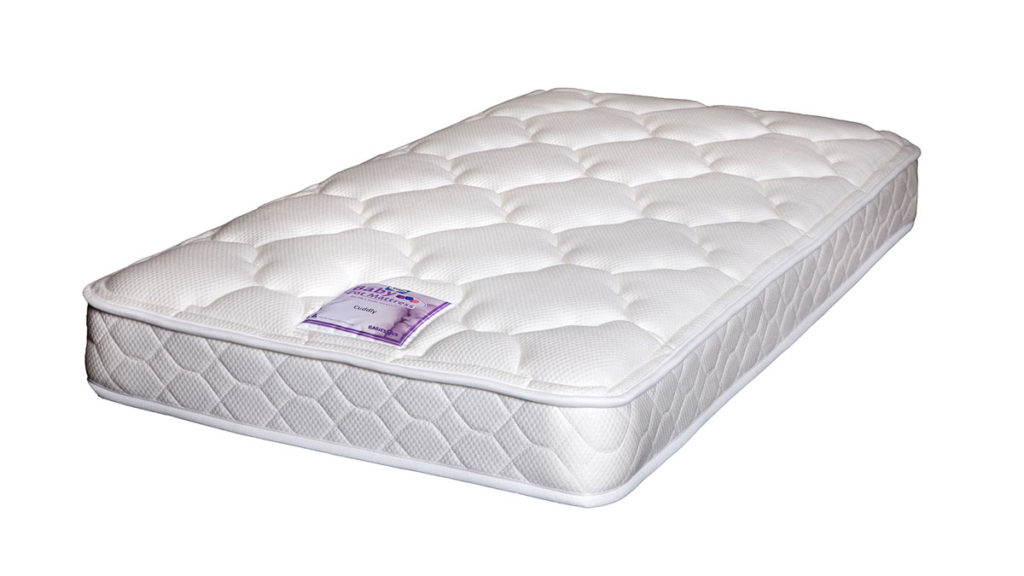Mattresses play a crucial role in ensuring a good night’s sleep and maintaining overall health, yet many people in Ireland face the need for mattress disposal much sooner than anticipated. You may ask yourself, why do mattresses wear out so quickly? Despite being a considerable investment, mattresses often lose their comfort and support within just a few years. This article delves into the reasons behind mattress wear, the factors influencing their lifespan, and useful tips to help you extend the life of your mattress before considering mattress disposal.
The Typical Lifespan of a Mattress
On average, mattresses are designed to last between 7 to 10 years, though this can vary widely depending on the type, quality, and care. Some high-end mattresses, especially those made from natural latex or high-density memory foam, can last up to 15 years if maintained properly. Conversely, lower-quality mattresses or those made with cheaper materials may only last 5 to 7 years before showing significant signs of wear.
Why Do Mattresses Wear Out?
1. Mattress Materials and Construction
The materials used in your mattress play a huge role in how quickly it wears out. Traditional innerspring mattresses, which rely on metal coils, tend to lose support faster because the springs lose tension over time and can start to sag. Foam mattresses, including memory foam, degrade as the foam cells break down from constant compression, leading to lumps and loss of firmness. Latex mattresses are generally more durable because natural latex resists sagging and breakdown longer than synthetic foams.
2. Quality of the Mattress
Mattress quality varies significantly between brands and price points. Higher-quality mattresses use better materials and construction techniques, which generally translates to longer durability. Cheaper mattresses often use low-density foams or thinner coils that wear out faster. Investing in a mattress with a solid warranty and good reviews on longevity can save money and discomfort in the long run.
3. Weight and Usage
The amount of weight a mattress supports daily affects its wear rate. Heavier individuals or couples put more strain on the mattress, causing it to sag or compress faster. Similarly, mattresses used every night will wear out quicker than those used occasionally, such as guest beds.
4. Sleeping Position and Movement
Your sleeping style influences mattress wear. Side sleepers often experience more pressure on the hips and shoulders, which can lead to uneven wear and indentations in these areas. People who toss and turn frequently may also accelerate mattress breakdown by repeatedly compressing different areas.
5. Lack of Maintenance
Mattresses need regular care to prolong their life. Failure to rotate or flip the mattress (if designed to do so) can lead to uneven wear. Accumulated sweat, dust mites, and dirt can degrade mattress materials over time. Using a mattress protector and keeping the mattress clean and dry helps maintain its structural integrity.
6. Environmental Factors
Humidity and temperature fluctuations can affect mattress materials, especially natural ones like latex or wool. Excess moisture can lead to mold growth or material breakdown, reducing lifespan.
Signs Your Mattress is Wearing Out
- Sagging or visible indentations
- Lumps or uneven surfaces
- Increased discomfort or pain upon waking
- Allergic reactions due to dust mites or mould
- Noisy springs or creaking sounds
- Poor sleep quality despite no other health changes

How to Extend Your Mattress Lifespan
- Rotate regularly: Turn your mattress head to foot every 3-6 months to promote even wear.
- Use a mattress protector: Shields against spills, sweat, and allergens.
- Keep it clean: Vacuum regularly and air out your mattress to reduce dust mites and moisture.
- Support your mattress: Use a sturdy bed base to prevent sagging.
- Avoid jumping or standing: Excessive pressure damages internal materials.
Mattress Lifespan by Type (Average Estimates)
| Mattress Type | Average Lifespan | Notes |
|---|---|---|
| Innerspring | 5-8 years | Springs lose tension; prone to sagging |
| Memory Foam | 8-10 years | High-density lasts longer |
| Latex Foam | 10-15 years | Natural latex is highly durable |
| Hybrid (Foam + Springs) | 7-10 years | Durability depends on materials used |
| Air Mattress | 3-5 years | Typically short lifespan |
| Waterbed | 12-15 years | Requires maintenance to avoid leaks |
Why Mattress Wear Matters in Ireland
Poor mattress support can lead to poor sleep quality, back and joint pain, and overall reduced wellbeing. With many Irish households replacing mattresses every 7-10 years, understanding wear factors helps consumers make informed choices and get the most value from their investment.
Furthermore, mattress disposal and recycling are growing concerns in Ireland, so extending mattress life also helps reduce waste and environmental impact.
Mattresses wear out faster than many expect due to a combination of material quality, usage patterns, body weight, and maintenance habits. By understanding these factors and adopting simple care routines, Irish consumers can enjoy better sleep and prolong the life of their mattresses. When it’s time to replace your mattress, choosing a high-quality product suited to your needs will ensure comfort and durability for years to come.
The post Why Do Mattresses Wear Out So Fast? appeared first on Rubbish Taxi.
from Rubbish Taxi https://ift.tt/wJrbZK1
via IFTTT
No comments:
Post a Comment